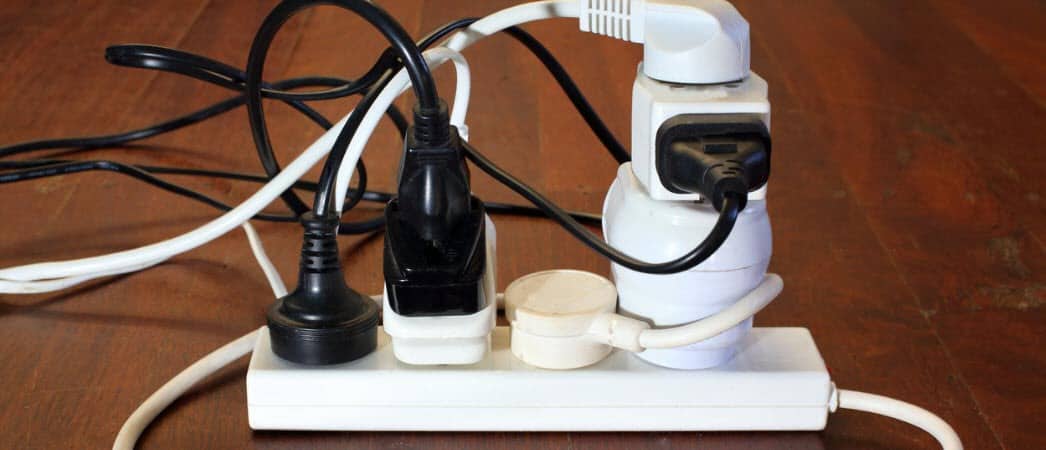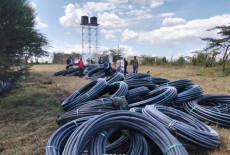- Treat your chargers gently and avoid yanking or pulling them from the socket. Pull the plug itself rather than the cord when disconnecting the charger. Rough handling can cause damage to the cable, plug, or internal components.
Proper maintenance of your laptop and phone chargers is essential to ensure their longevity and safe operation.
Poor maintenance could lead to frequent visits to the electronics store hence high cost and less savings on spending.
Here are seven tips to help you maintain your laptop and phone chargers:
1. Handle with care
Treat your chargers gently and avoid yanking or pulling them from the socket. Pull the plug itself rather than the cord when disconnecting the charger. Rough handling can cause damage to the cable, plug, or internal components.
2. Unplug correctly
When unplugging the charger, firmly grasp the plug and pull it straight out from the socket. Avoid bending or twisting the cable excessively, as it can lead to internal wire damage over time.
3. Avoid overloading
Do not overload power strips or wall outlets by plugging multiple chargers into a single socket. Overloading can generate excessive heat and potentially damage your charger or the electrical outlet.
4. Store properly
When not in use, store your chargers in a safe and dry place. Avoid tightly coiling the cables, as this can cause internal wire damage. Instead, loosely wrap them or use cable management solutions to keep them organized.
5. Keep away from liquids
Chargers and liquids do not mix well. Keep them away from water, beverages, or any other liquids that could cause a short circuit or damage the charger's internal components.
6. Protect from physical damage
Avoid exposing your chargers to physical stress or pressure. Keep them away from sharp objects, heavy items, or anything that can potentially crush or damage them. Protecting the cables with cable sleeves or organizers can also help prevent damage.
7. Use genuine chargers
Whenever possible, use genuine chargers provided by the device manufacturer or reputable third-party chargers specifically designed for your device. Using cheap or counterfeit chargers can be dangerous and may damage your device or pose a safety risk.
Remember, safety should always be a priority when dealing with electrical equipment.
If you notice any signs of damage, such as frayed cables, exposed wires, or loose connections, discontinue use and consider replacing the charger.
Regularly inspecting your chargers and practicing good maintenance habits will help prolong their lifespan and reduce the risk of electrical hazards.












